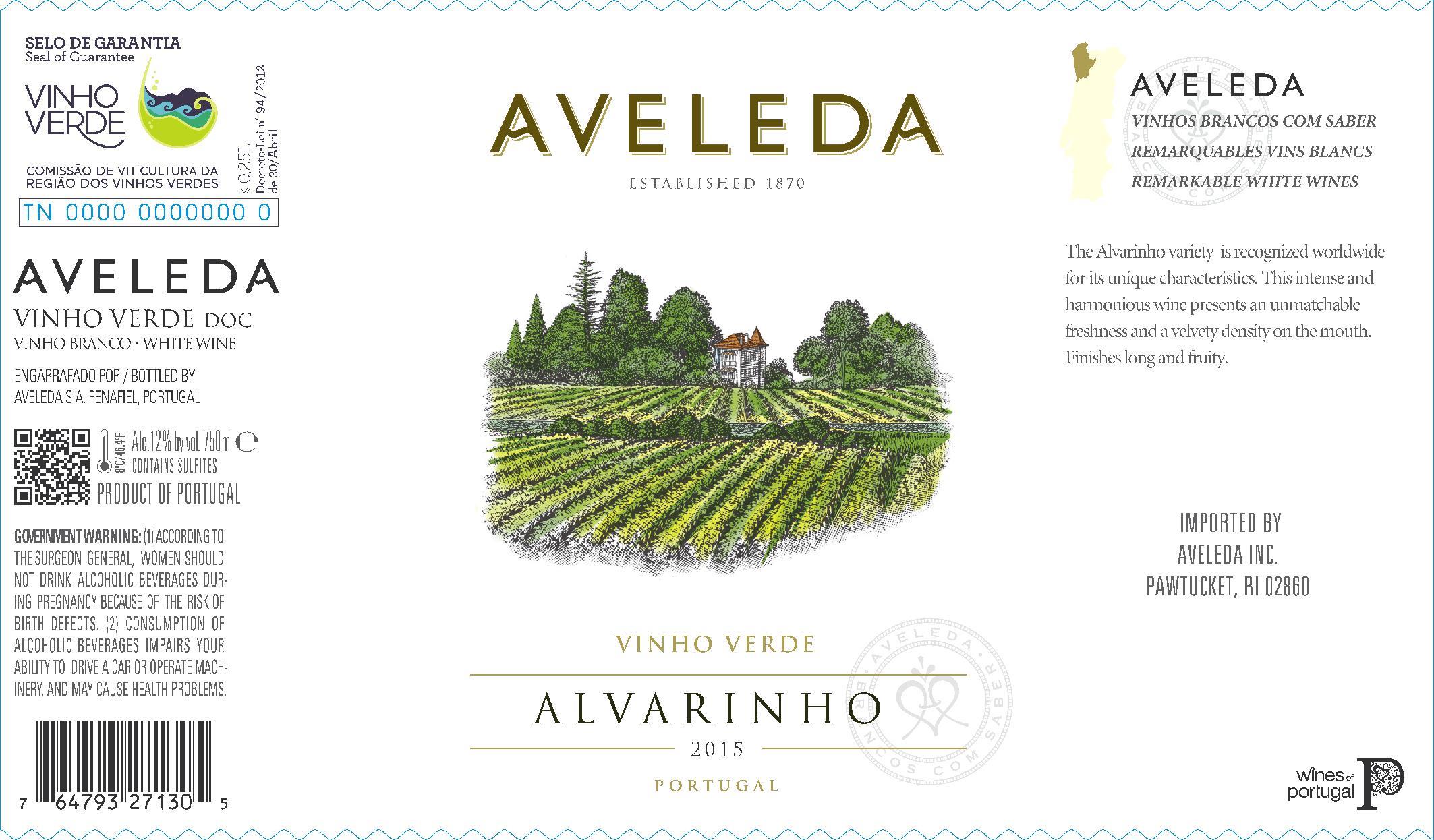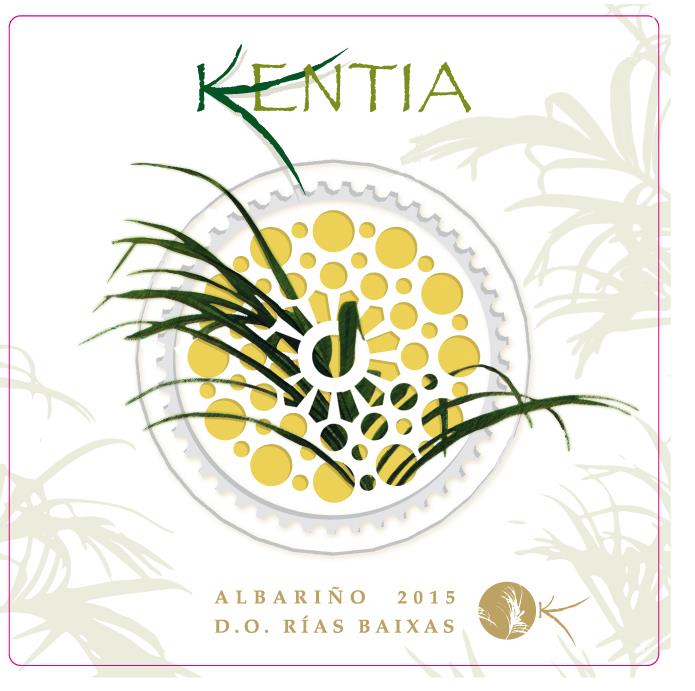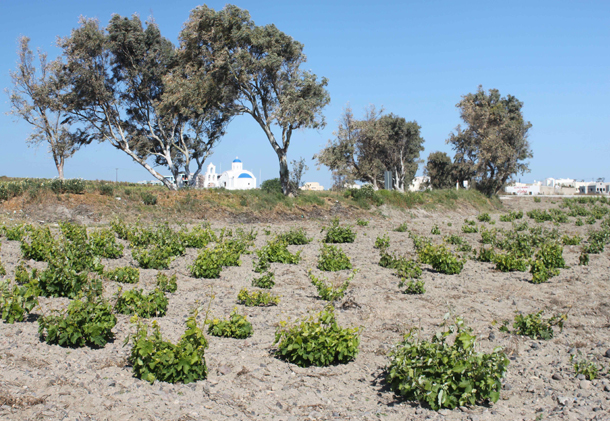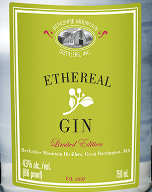Raise A Glass To Freedom: What To Drink On Independence Day
As you know, I spend a lot of time on this blog promoting the virtues of adult beverages from all over the world. You have seen all kinds of unique grape varieties show up in wines I want you to check out from South Africa, New Zealand, Australia, South America, and all throughout Europe. There is an enormous range of spirits out there; you can find plenty of whisk(e)y and vodka from just about any country, and you know how highly I have spoken of Tequila and Gin, too. I am even trying to be good about giving beer some love here on top of all of that.
But as we approach The United States of America's 241st birthday, it's time to celebrate in style with some fine native drinks. America was founded on being bold and daring; I do that here by getting you to consider drinking something you may never have thought to seek out on your own. Yet for this celebration, I want you to stay close to home. Drink something from America with bold flavors! Chances are, those intense flavors are going to play nicely with your barbecues this long weekend. For instance...
Wine fans: drink up our classic regions like Napa Valley, which put the United States on the map for serious wine production. Live on the East Coast? Now is a good time to try something from New York or Virginia. Additionally, try one of your local wines; maybe it isn't even made from grapes. For instance, when I worked in New Jersey, blueberry and cranberry wines were very popular for casual wine lovers.
Whiskey fans: nothing is more American than Bourbon. It can't be made in any other country and call itself "Bourbon." You could even take things a step further with Rye whiskey, which was very popular way back in the Colonial days in Maryland and Pennsylvania. Not a whiskey fan, but you like spirits? There is nothing wrong with spiking your beverage with some local craft gin, rum, or vodka
Beer fans: you have more choice than ever before when it comes to craft beer. Again, seek out a local brewery, or if you want to play to the American Revolution, Sam Adams has always delivered for me when I get paralyzed by choices.
I am going to give you an option in each category and share a cocktail that we love making at this time of year. Have a friend in North Carolina or Washington state? Raise a glass to them. Have an enemy in Texas or Illinois? Raise a glass to those folks, too. Chances are that while they are driving you crazy, they are helping you stay on your toes. With that, have a safe 4th of July holiday and enjoy these beverages responsibly.
7 Moons California Red Blend ($12): I poured this at our store's 15th Anniversary Tasting and it went over incredibly well thanks to its jammy red and black fruit along touch of vanilla and spice. This is made up of seven grape varieties: Zinfandel, Merlot, Grenache, Syrah, Petite Sirah, Cabernet Sauvignon, and Malbec. It's a tasty "wine stew" that will go very well with a simple beef burger.
Russell's Reserve 10 Year Old Bourbon ($40) and 6 Year Rye ($40): Go big, or go home. Part of the Wild Turkey range, Russell's Reserve has bold flavor, spiciness and richness. The Bourbon is like caramel-coated cherries and vanilla. I enjoy the citrusy aromatic intensity of the 6 Year Rye on its own, but mixed with equal parts Regatta Ginger Beer, it is a simple cocktail to help you beat the heat.
Two Roads No Limits Hefeweizen ($8/4-pack of 16 oz cans): Some love for a Connecticut brewery! The Hefeweizen is great for the summer with just 5% abv, tropical fruit flavor and a refreshing citrus kick on the finish.
Here is the cocktail we love at this time of year: Rosé, Bourbon, and Blue, which comes from Bon Appetit's The Grilling Book, an unbelievable book I received one Father's Day that has killer food recipes and some interesting cocktails (non-alcoholic versions, too!). Even if you aren't a Bourbon fan, I will bet you anything that you will enjoy this.
Ingredients (Makes 8 cocktails):
7 Tbsp raw sugar
2 cups fresh blueberries, divided
The finished product.
2 cups freshly brewed unsweetened black tea (orange pekoe is highly recommended)
1.5 cups of fruity rosé wine (We used 90+ Cellars Languedoc rosé for $9.99, but a rosé from the Navarra region of Spain works nicely here, too. Sorry...we included something non-American.)
1 cup Bourbon (Our choice was Knob Creek 100 Proof. It's loaded with flavor and stands up to all the ingredients you will be adding)
3/4 cup fresh lemon juice
8 lemon slices
Stir sugar with 7 Tbsp hot water in a small bowl until sugar is dissolved; transfer to a food processor. Add 1.5 cups blueberries and purée until smooth. Set a fine mesh strainer over a large pitcher. Strain blueberry mixture, pressing on solids to extract as much liquid as possible; discard solids. Add tea, rosé, Bourbon, and lemon juice. Chill for at least 2 hours.
Cut remaining blueberries in half; add to pitcher. Fill Old-Fashioned glasses (or any sturdy glasses) with ice. Divide cocktail among glasses and garnish with lemon slices.





















































































